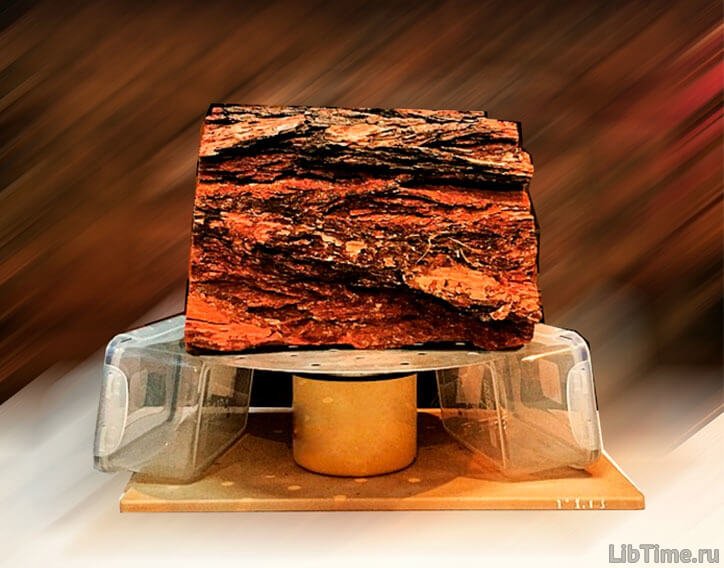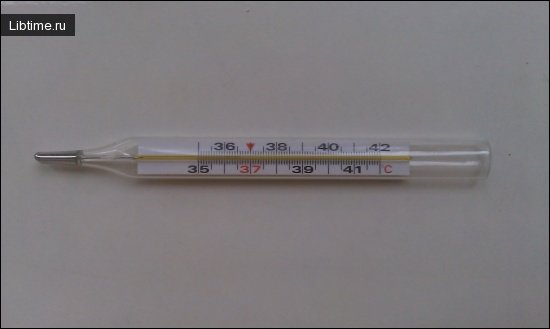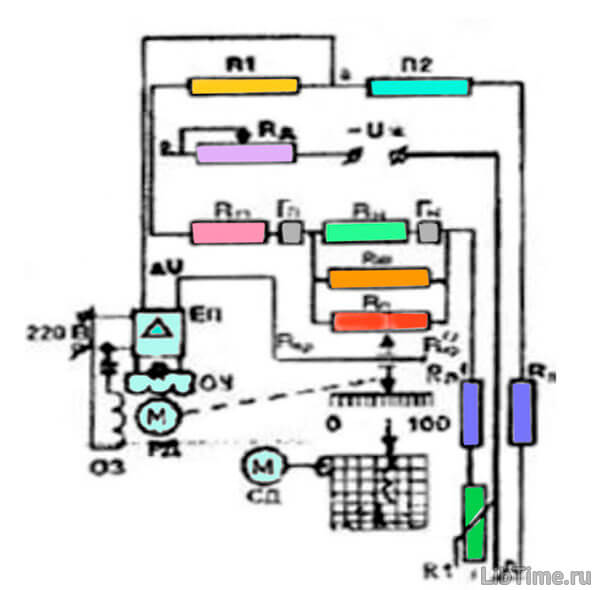Pneumatic motor
A pneumatic motor is a set of pneumatic machines and pneumatic equipment that converts compressed air energy into mechanical energy.
A pneumatic actuator converts compressed air energy into mechanical energy. The working fluid in pneumatic actuators is compressed gas or air, and it acts either by pressure on hard surfaces (cylinders with moving pistons, membranes) or in the form of an aerodynamic effect (jet elements).
Compressed air or gas obtained by means of a compression unit, which includes: a compressor that pumps air into the system; a receiver for creating a compressed air supply; a device for cleaning air from water vapor and dust; pipelines through which compressed air or gas from the compressor is supplied to pneumatic motors; control and automation devices.
Due to significant fluctuations in air pressure in pneumatic systems, there are rather sharp changes in the speed of movement of working body parts, which are not always permissible in the operation of technological equipment. To eliminate this disadvantage, air with a slight excess of pressure is used in the pneumatic drive, but a corresponding increase in the area of surfaces that perceive air pressure is required.
The pneumatic drive can be rationally used in installations with intermittent operation, mobile, if necessary, a sharp impact. Pneumatic actuators are widely used in thermal production process automation systems. It is also advisable to use a pneumatic drive in cases of rapid rotation of parts with a small power load; rotary pneumatic motors can give them a speed of up to 60...80 thousand rpm.
Such installations require clean and dry air (the dew point should be lower than the final air temperature), since when cooled to sub-zero temperatures, water vapor easily supercools and turns into ice, which settles on the working surfaces of the actuator.
A pneumatic actuator differs from a hydraulic actuator by its lower efficiency, not exceeding 0.15...0.2; they are used in cases where other actuators do not ensure reliable operation of the entire process plant. There are piston and rotary pneumatic actuators. Piston-type pneumatic actuators are the most widely used.


